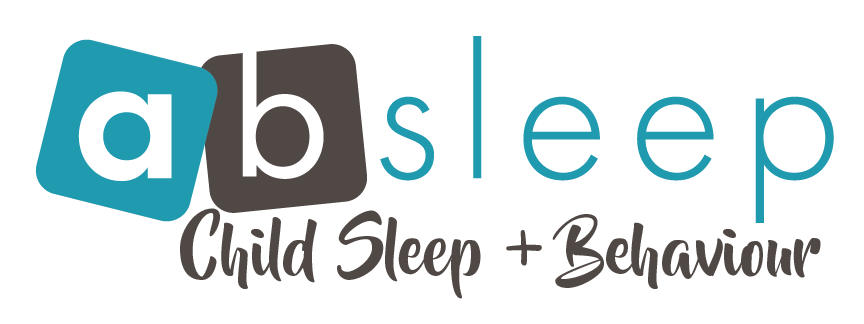How to Survive the 4-Month Sleep Regression
The dreaded four-month sleep regression.
Your baby was JUST starting to fall into a routine, and now their sleep is a total wreck. What happened? Can it be fixed?
Will you ever sleep again?
Yes. It might surprise you to learn that this “regression” isn’t really a regression at all. Rather, it’s a huge step forward in your baby’s development. Their circadian rhythm is really starting to develop, their day/night confusion has mostly passed, and they’re ready to have a real pattern to their sleep. The habits you start setting can be the foundation for healthy sleep habits for life.
Schedule and routine are crucial. Your baby can only handle being awake for a certain period of time (at 4 months, the average range is 1.25 to 1.75 hours). Getting them down at the ideal time means their naps will be more restorative—this means better night sleep, too.
Routine is huge, because your baby is now able to pick up on cues. They know what it means when you start putting on their sleep sack, or singing that song. They’re also ready a consistent sleeping place (think dark room and independent sleeping space).
Sidenote: Have you downloaded the free Sleep Needs guide yet? You’re going to want to grab that now:
The more we’re able to create an environment that’s conducive to sleep (i.e., putting them down in the right place at the right time), the easier they’ll pull through this transition and come out on the other side a healthier sleeper.
Does that mean you can never get out of the house? Of course not. But try to respect the routine *most* of the time, and only go out during naps sometimes. Think about when you nap in the car--is it as restful as when you’re in your bed? Not likely. Motion naps just aren’t great quality. The same is true for your maturing baby—they’re going to get better sleep in the crib than they will in the car seat or stroller.
If you have to choose, stay home for the morning naps and go out in the afternoon. The morning nap(s) can set the tone for a great day.
If baby isn’t currently able to put themselves to sleep, now is a great time for some gentle sleep training. It’s easy to incorporate night feedings—contrary to what you’ll find on some sites, sleep training does NOT have to mean night weaning!
Sleep training does NOT mean you have to night wean your baby.
If you’re still nervous about all these changes, there are a couple of things to keep in mind:
If you start with good habits now, this WILL get better. It might not feel like it at first, though—that’s normal. Your baby might have taken longer naps in your arms before, and now they’re taking shorter naps in the crib. It’s normal for there to be an adjustment period.
You’re not actually the one putting them to sleep. You never were. You’ve just been creating an environment that helps encourage sleep. Previously, that might have been in your arms or in the carrier. Now, they’re ready for something a little more independent.
This time is actually a really amazing turning point for your baby. They’re developing quickly every day, and able to recognize patterns… use that to your advantage. Establish a quality bedtime routine, use a consistent sleeping environment, and gently encourage self-soothing. Set the tone: rest is a wonderful thing that helps our bodies feel great. This is an opportunity to foster a child’s love for sleep.
If you need more support, you can find me here!
-LindsayThis post was originally published on May 21, 2019.
It was edited on October 3, 2023.

